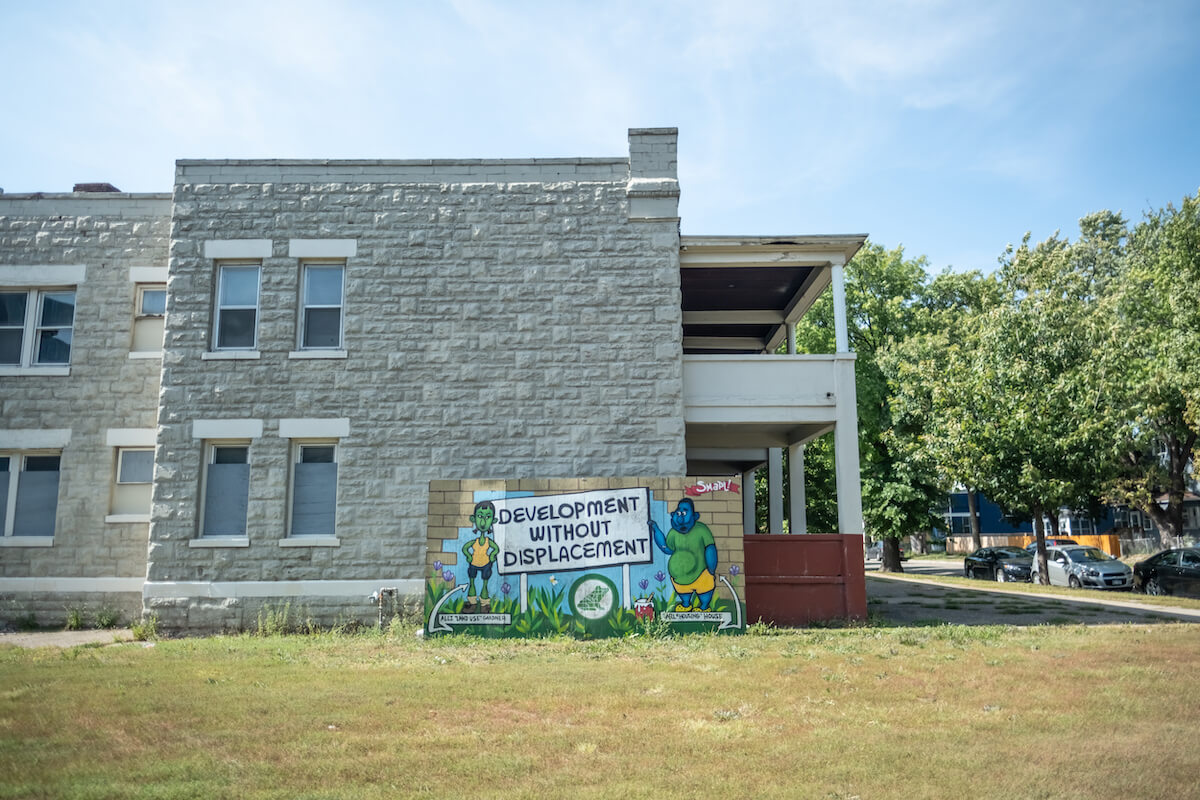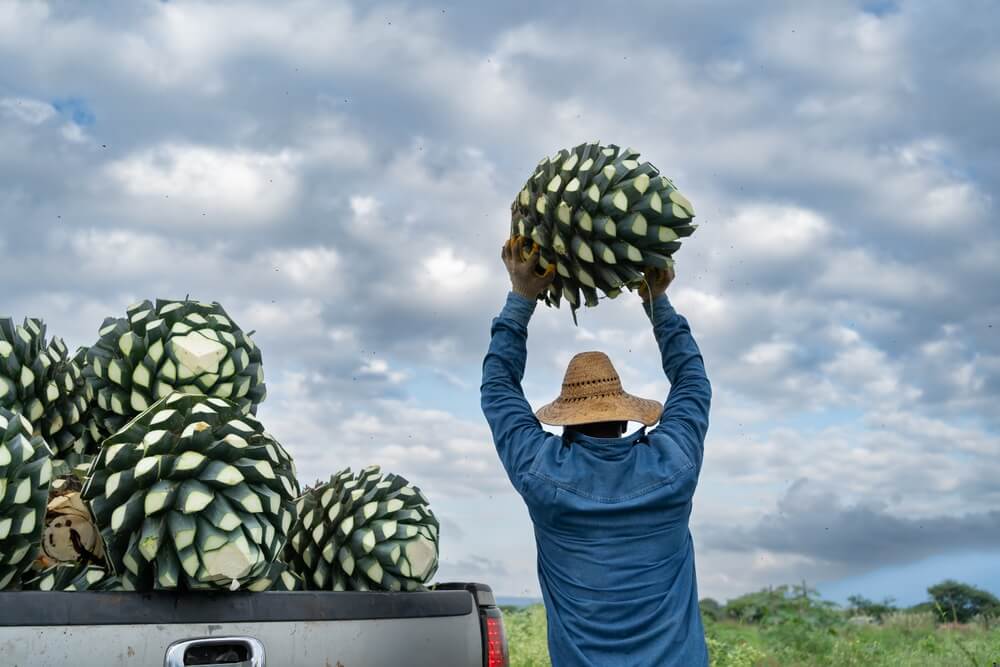Those of us working to grow investments into and by communities of color know the statistics well: fewer than 2% of assets under management are controlled by the global majority. This number has not increased in any material way since the Knight Foundation began tracking it several years ago.
This lack of diversity is not just a talking point for those of us who care about racial inequities; it has a material impact on the health and well-being of our economy. Research has proven that people invest in those who look like them, and the overwhelming white- and male-ness of the investment industry means that capital is not flowing to businesses owned and run by people of color. This leads to an overall stagnation of these businesses: only about 5% of VC-backed firms are led by Black or Latina/o/x founders.
With few opportunities to start and grow a business, people of color are deprived of one of the clearest paths towards wealth building: entrepreneurship. The current make-up of asset managers essentially removes people of color and women from investment opportunities. This will only cause wealth gaps to persist, increasing inequities in our economy and costing us all. Citigroup found that racial disparities over the last several decades cost the American economy $16 trillion. If we have any hope of recovering that lost economic activity, we have to change the way capital flows in this country.
‘Skin in the game’ as a barrier
The lack of representation within the investment industry is not a mistake. The industry is designed to sustain itself and those who benefit from it. There are no explicit rules and regulations that keep people of color out of asset management roles, of course–those were made illegal through the hard-won anti-discrimination laws from the Civil Rights Movement. Yet, much like the pernicious color-blind policies that excluded domestic workers from Social Security, effectively shutting out Black people from accessing benefits, there are structures still in place that create almost insurmountable barriers to entry for people of color within the investment industry.
One primary barrier is something so specific and technical that few investment professionals are even aware of it: the general partner personal fund commitment. If an investor wants to raise investment dollars for a fund (often referred to as the general partner, or GP), they are typically asked to put their own capital into the fund. This has historically been framed as a way to give assurance to the other investors that the GP is fully committed to the fund’s success. The personal commitment, or “GP commitment,” acts as a form of “skin in the game” for the person running the fund as they seek a return on investment on behalf of the other investors.
On its face, this is a solid expectation for GPs. You would not want to give your money over to someone who has nothing to lose from a bad investment decision. However, once we scratch below the surface of the requirement, we see how exclusionary it can be for people of color. The GP commitment amount tends to be 1% of the total fund size, which doesn’t seem like a lot, but if the average private equity fund size is $1 billion, that means the GP would have to put in $10 million of their own money.
Obviously your average person cannot come up with this level of capital to support fund development, and especially not your average person of color, who only has around $200,000 in net worth (and that number is actually family wealth, including the value of a home.) This GP commit requirement is traditionally in cash and normally doesn’t come from deferred management fees, which is how a fund pays for its staff and operations. These operational costs can be a further barrier to success for people of color, as they do not have the start-up capital to pay for their labor or their employee’s labor when they set out to raise a fund.
Even if we assume that a fund size is significantly lower than the average of $1 billion, since mega-funds of $5 billion or more are skewing that average figure, the cost to start a fund can be prohibitively high. For a relatively “small” fund of $20 million, a 1% GP commitment would be $200,000.
Who does have this level of capital easily accessible? Those who are already wealthy. Fund managers and asset owners are more easily able to assume those roles because of the wealth they have already accrued, either because of the sale of a business, an inheritance, or access to a group of friends and family with wealth. In this country, people who fall into those categories are overwhelmingly white.
The GP commitment aims to have investors put “skin in the game,” but it effectively shuts out any investor that does not have access to generational wealth. This leads to smaller funds being raised, which means a longer timeline to wealth building for people of color. This also means more time spent in the market raising, which delays a GP’s ability to get started in a timely manner, effectively causing them to lose out on opportunities.
Supporting diverse managers
We will not increase wealth for people of color until we can increase the number of people in the investment industry directing capital to businesses owned by people of color. We will not increase the number of people of color who are asset owners and managers until we can overcome the GP commitment barrier. We must remove this barrier if we have any hope of strengthening our economy for an increasingly diverse population.
I lead Blk Grvty, which increases asset ownership and wealth through curated capital deployment and intentional connections. We create relationships and accelerate action among BIPOC investors and especially with the financial, philanthropic, and entrepreneurial communities where action has traditionally been absent. In order to scale our efforts, we recently partnered with Known, a finance and asset management firm, to become Blk Grvty, a Known Lab. Known manages, structures and deploys capital with and for large asset owners committed to investing with a racial, social, and environmental lens. We partnered with Known to research and explore the most powerful approaches to leverage capital for a more economically viable future that includes real economic participation and benefit for those who have systematically been left out.
One of the first actions we took was to provide a grant to investor Monique Woodard of Cake Ventures to contribute to her GP commitment expense and other operating costs. Woodard has had tremendous success despite the barriers in her way. We will be offering similar commitments and support in the future to fund managers of color to better surmount the barriers they face and the ways in which the system has been designed to keep out people of color.
Investors like Woodard should not have to worry about structural barriers that come from operating costs or GP commitments. They should instead be focused on finding investment deals, growing companies, and increasing the resilience of our economy. Private equity and venture capital firms run by women and people of color continue to grow at a record pace, which we can leverage to create successful ecosystems for further growth.
Through efforts like Blk Grvty’s, we can enable and accelerate these wealth building activities to close the persistent racial wealth gap. Helping fund managers of color access a level playing field can also normalize our positioning in the market and become competitive, reclaiming some of the lost GDP due to racial disparities.
If we can support the best and brightest capital entrepreneurs of color in meeting their GP commit requirement, we’ll be one step closer to making this a reality.
JaNay Queen Nazaire is the founding CEO of Blk Grvty, now part of Known Holdings.











